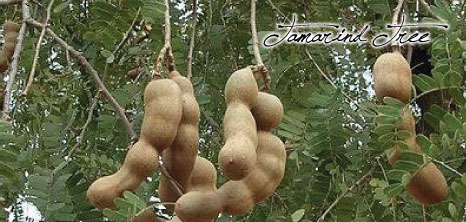|
Tamarind TreeThe tamarind tree (Tamarindus indica) was introduced to Barbados in the mid seventeenth (17th) century but is native to the African Savannah zone. This large tree produces pods around May and once the brown, edible fruit is ripe, it is quite a favourite on the island of Barbados. Tamarind balls and tamarind drink are made from the fruit of the tamarind tree.
Years ago on the island of Barbados, the branches of the tamarind tree were used in schools as an act of corporal punishment.
The Tamarind Seed MovieThe Tamarind Seed movie was filmed in 1974 on the island of Barbados at the home of Best of Barbados at Welches in St. Thomas.
The tale begins with a British Home Office assistant, Judith Farrow, who has gone to Barbados to recover from a failed love affair. During her tropical holiday, she meets Feodore Sverdlov, a handsome Soviet air attaché in Paris. They visit the colorful island sights together and fall in love. This paradise romance is, however, complicated by their respective positions with governments on opposite sides of the Cold War. Thus, these two individuals of integrity are forced into deception (alleged spy recruiting) in order to disguise their relationship. Above all, their ill advised love can only spell danger.
Health Benefits of TamarindThe island of Barbados enjoys the tamarind but the usage of the fruit, plant, leaves and bark are quite extensive in other parts of the world.
When you visit the island of Barbados and tamarind is in season, feel free to have a feast by snacking on them or by simply eating our mouthwatering tamarind balls.
DISCLAIMER: The information provided on this page should not be interpreted as personal medical advice or instruction. No action should be taken based solely on the contents of this site.
Readers should consult the appropriate health professionals on any matter relating to their health and well being.
The information and opinions provided here are believed to be accurate and sound, based on the best information available to the writers. However, readers who fail to consult the appropriate health authorities automatically assume risk of any injuries. Barbados Pocket Guide is not in any way responsible for errors or omissions.
|



